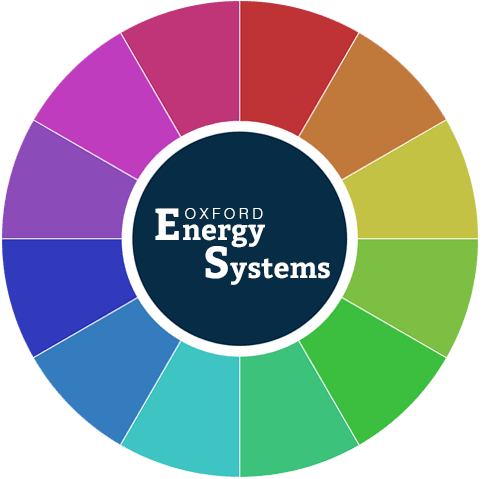New adaptable smart window coating could help heat or cool a home and save energy

Researchers at the University of Oxford have collaborated with industry experts to develop an adaptable smart window technology that could reduce the energy usage of an average home by up to a third.
The new glass has a spectrally tuneable low-emissivity coating that uses a phase change material to control the amount of heat that comes into the room from the window, without affecting the quality of the light.
The thermal energy from the sun’s infrared rays is absorbed by the glass and re-emitted as heat – either used to warm the room using transparent electrical heaters in the glass substrate or reflected away to cool the room.
Dr Nathan Youngblood, formerly at Oxford and now at the University of Pittsburgh, said: ‘These windows can change according to seasonal needs.
‘They absorb near-infrared light from the sun in the winter and turn it into heat for the inside of a building. In the summer months, the sun can be reflected instead of absorbed.’
Working as part of the Wearable and Flexible Technologies Collaboration (WAFT), the project team proposed the heat-activated coating that could ‘switch’ in line with heating, cooling, and lighting demands.
The team built a prototype with an active chalcogenide-based phase change material so the new glass can adapt to the temperature, to save energy. When it is cold, the infrared rays from the sunlight are harvested and transformed into building heat to cut heating costs. If it is warm, the new glass can switch state to reflect the heat and reduce the need for air conditioning.
The active phase change material is adjustable – for example, 30 percent of the material is turning away heat while 70 percent is absorbing and emitting it – for more precise temperature control.
‘Importantly, visible light is transmitted almost identically in both states, so you wouldn’t notice the change in the window,’ Dr Youngblood said. ‘That aesthetic consideration is critical for the adoption of green technologies.’
In comparison, the low-emissivity glass or low-E glass used in today’s double-glazed homes and offices is inert. A nano-thin metallic reflective coating reflects the UV and infrared waves in sunlight to reduce heat transfer through the glass. Although the principle of reflecting heat when temperatures are warmer and retaining room heat when it is colder outside is the same as the new technology, low-E glass is not as responsive.
Publication: Reconfigurable Low-Emissivity Optical Coating Using Ultrathin Phase Change Materials
Other news stories
Associated people

Phil Grünewald
View Phil's details

